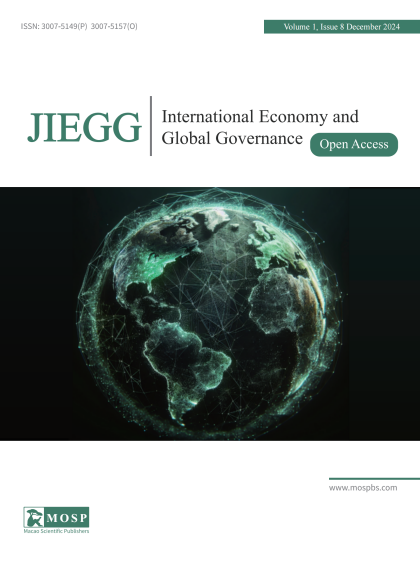Abstract
In the context of deepening global interdependence and the growing importance of global governance, Model United Nations (MUN) activities have become an essential means of educating young people about world politics and enhancing their understanding of global economics and governance. In today’s practice, MUN activities are divided into the “Regular Committee” (RC) and the “Special Committee” (SC), with the latter also referred to as the Joint Crisis Committee (JCC), which pursues realism as its core value. However, perplexing phenomena have emerged within Joint Crisis Committees during their practice. The concept of “academics” holds a significant place in MUN activities, especially in the context of the Joint Crisis Committee, where it becomes paramount. But what does “academic” truly mean in the MUN setting? Do consistent principles and concepts operate throughout the entirety of an MUN conference? This article adopts shared knowledge as a central concept and, based on this foundation, proposes a theoretical perspective focusing on structures built upon shared knowledge, idea-based power relations, and hierarchies within MUN activities. It applies this theoretical lens to analyze the phenomena within Joint Crisis Committees, aiming to provide more satisfactory explanations for these occurrences and offering potential directions for further exploration and theoretical development of MUN.
Keywords: Model United Nations, Joint Crisis Committee, Shared Knowledge, Power Relations, Hierarchy
Download the full text PDF for viewing and using it according to the license of this paper.

